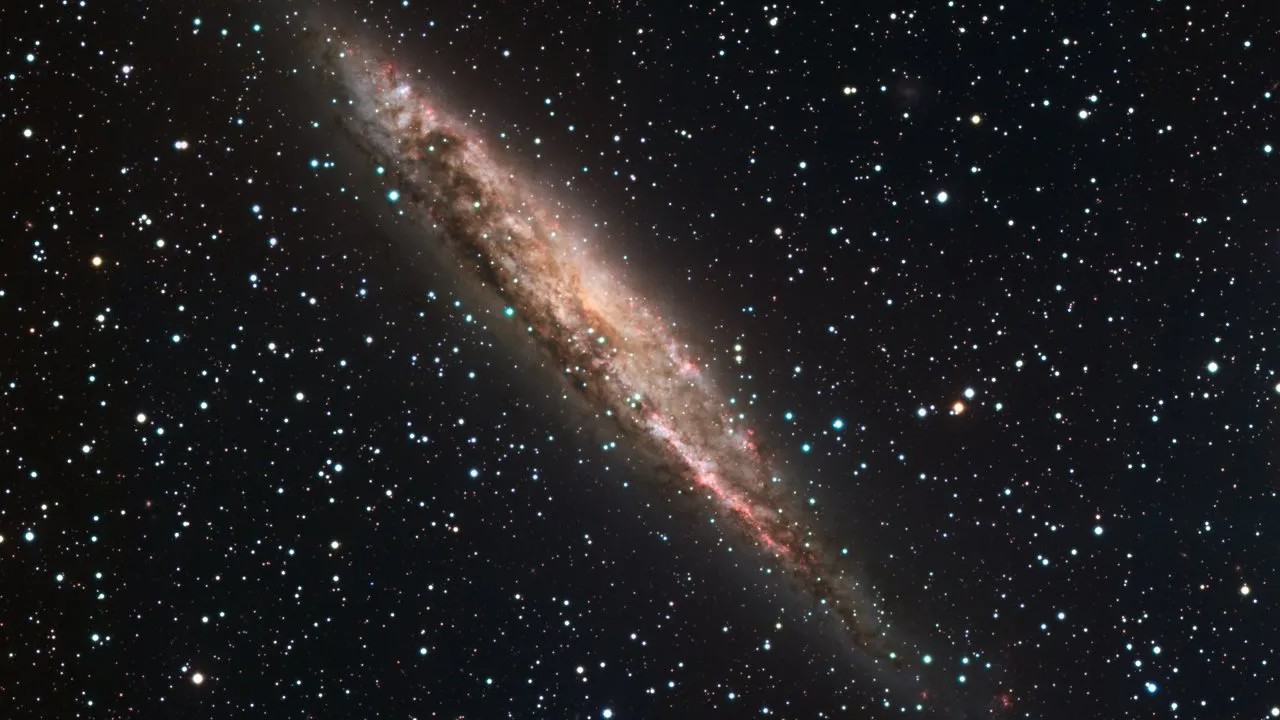We detected dark matter from the cosmic web for the first time
Astronomers have made an astounding discovery. According to a new paper featured in Nature Astronomy, we have now detected dark matter in the cosmic web for the very first time.
The cosmic web is a proposed web of filaments that scientists believe stretches throughout the universe, catching galaxies in it like a spider might catch insects in its web. Using the Subaru Telescope, astronomers were able to use the effect that gravity has on light to observe dark matter indirectly.
The discovery of dark matter within the cosmic web is massive news. The researchers observed the dark matter indirectly while looking through the Coma Cluster. This marks the first time we have ever detected dark matter in the cosmic web of our universe.

The astronomers involved with the new research believe that this discovery could help us unlock a deeper understanding of the cosmic web, including confirming how the structure has influenced the evolution of our universe. The cosmic web is believed to be made up of strands that run for tens of millions of light-years throughout the universe.
As such, any influence it has had on the evolution of the universe should be widespread. The Coma Cluster, also known as Abell 1656, is a collection of over a thousand different galaxies located around 321 million light-years away from Earth. It’s one of the most ideal places for researchers to hunt for signs of dark matter.
Observing this area of space has given us our first clear detection of dark matter within the cosmic web. We’ve theorized that it exists there, as well as the overall influence that dark matter has on our universe. But observing it in any capacity is a massive game changer for astronomers.
Further, this can easily be used alongside evidence of the largest magnetic field we’ve ever discovered to get a better idea of just how much the cosmic web influences the universe and its expansion.
